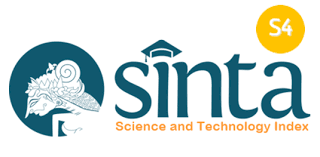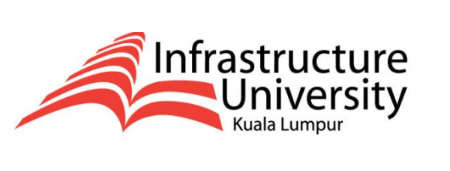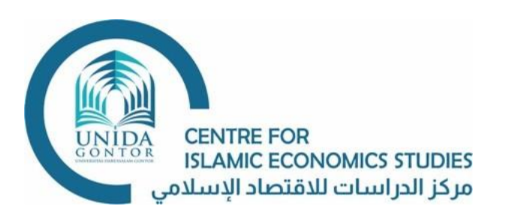CONTEMPORARY APPLICATIONS OF CASH WAQF IN ISLAMIC FINANCIAL INSTITUTIONS
DOI:
https://doi.org/10.21154/joipad.v5i2.11968Abstract
This study discusses the contemporary applications of cash waqf in Islamic financial institutions. It comparatively examines diverse interpretations from both classical and contemporary fuqahā’. This study rigorously examines the innovative models and product structures of cash waqf employed by Islamic financial institutions. The analysis delves into the distinct Sharīʽah principles and jurisprudential implications of each model. Furthermore, the research explains the socio-economic impact and financial sustainability of these initiatives. Qualitative approach is used in this paper to conduct a comprehensive review of the diverse perspectives of jurists across the four principal Sunni namely, the Ḥanafiyyah school, the Mālikiyyah school, the Shāfiʽīyah school and Ḥanbaliyyah school, including contemporary fiqh al-wāqiʽ perspectives on contemporary applications of cash waqf in Islamic financial institutions within Malaysian context. This study synthesizes secondary data from a comprehensive review of academic and professional sources. It draws upon a wide range of materials, including both foundational and current scholarly manuscripts, journal articles, and research papers, alongside professional resources such as official documents, reports, and digital publications on the Makmur myWakaf Fund (MWF), PMB–An-Nur Waqf Income Fund, Maybank Mixed Assets-I Waqf Fund (MMAIW), Kenanga Waqf Al-Ihsan Fund (KWAF), and iTEKAD CIMB Islamic Rider Entrepreneur Programme. The findings reveal that Islamic Financial Institutions (IFIs) are revitalizing cash waqf through innovative financial products. This study contributes to the understanding that, by seamlessly integrating the profit motive of finance with the social objectives of waqf, IFIs have pioneered innovative financial instruments, such as cash waqf-linked investment products, waqf-based unit trusts, and waqf-shares, that facilitate the channelling of pecuniary returns (manfa‛ah) toward philanthropic endeavours, thereby bolstering the fund’s sustainability and growth which aligns directly with Bank Negara Malaysia’s (BNM) Value-Based Intermediation (VBI) vision and strategically embeds corporate social responsibility (CSR), environmental, social, and governance (ESG) investing, and sustainable and responsible investment (SRI). The findings provide crucial guidance for cultivating a supportive legal and regulatory framework to harness the long-term socioeconomic potential of cash waqf.
Downloads
Published
Issue
Section
License
Copyright (c) 2025 Nur Farhah Mahadi

This work is licensed under a Creative Commons Attribution-NonCommercial 4.0 International License.
JOIPAD: Journal of Islamic Philanthropy and Disaster allow the author(s) to hold the copyright without restrictions and allow the author(s) to retain publishing rights without restrictions, also the owner of the commercial rights to the article is the author.









